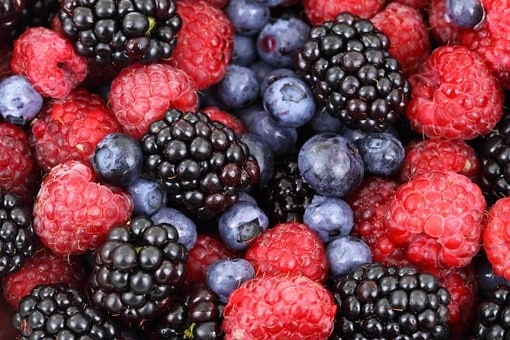
The Importance of Natural Dyes
Dyes, particularly natural dyes, have held untold importance in our lives for thousands of years, providing not only aesthetic satisfaction but utilitarian uses as well. The oldest and most widely used dye is indigo, which has been used in India for the last four thousand years. Natural dyes are dyes or colorants derived from plants, animals, or minerals. Furthermore, biological sources such as vegetables and fungi provide the majority of natural dye production.
Although natural dyes were popular for humans, it quickly fell out of favor due to the ease of use and variability of synthetic dyes. However, in this article, we will be discussing the importance of natural dyes and why they are making a comeback in today’s society.

Advantages of Natural Dyes
First, the colors produced by natural dyes and pigments are vibrant. Next, they are not only biodegradable but nontoxic and nonallergic too. This means that they are much better for the environment and for use around humans. It is easy to extract the natural color from plants, fruits, or flowers. Many natural dyes also have antimicrobial properties, making them safer for kids in particular.
Additionally, natural dyes neither contain harmful chemicals nor carcinogenic components, common to artificial or synthetic dyes. By using natural dyes over these other choices, you are helping preserve the environment and lowering human dependence on harmful products. When toxic runoff and residuals from the textile manufacturing and dyeing process often end up in our delicate oceans, we should do all we can to ensure we are using the nontoxic alternative, natural dyes.
Furthermore, the products used in producing natural dyes, particularly plants, produce no waste, unlike the products used in the synthetic dyeing process. This is because plants bypass the entire production process it takes to create synthetic dyes. This is yet another reason why natural dyes are infinitely better for the environment. By using natural dyes rather than synthetic dyes, you are able to be closely connected to nature and recognize the importance it plays in all of our lives.
Another interesting advantage of natural dyes is that they provide higher UV absorption in the fabrics they are used on. By wearing clothes dyed naturally, you are able to more fully protect your skin from the sun’s harmful rays.

Disadvantages of Natural Dyes
There are a few notable disadvantages to the use of natural dyes. First, natural dyes are more expensive than synthetic dyes, due to their source material and the time it takes to produce them. Colors are variable as well, since depending on the fruit or flower, the hues can vary, and uniformity can be difficult to achieve, especially from crop season to crop season. This also makes it difficult to standardize a recipe for the creation of natural dyes, since color development depends on the different materials and color and takes different amounts of time. However, considering their slew of benefits for the environment, these few disadvantages are worth it.
Finally, the dyed material can change color slightly when exposed to sun, sweat, or air. However, this is commonplace even with synthetically dyed products.
Application
Natural dyes have been and can be used for many aesthetic and utilitarian purposes. Since they are nontoxic, their use as food coloring or substrates is much safer for human consumption and are preferable to artificial dyes. They’re used in the makeup industry for similar reasons, can be used as pH indicators, and are also popular in art, textiles, and leather making.
In conclusion, natural dyes offer a host of benefits for human use. Most significantly, they are better for the environment and our health. Though natural dyes are more expensive than artificial dyes and have a few other disadvantages, these are definitely outweighed by their overwhelming positive effects.
4 Comments
-
-
-
Rabiâa
Bonjour Carmen, vous pouvez bien éviter les mordants en utilisant des produits naturels pour préparer la fibre soient les cendres soit le jus de citron pour caustifier ou fixer le colorant, nos grands utilisaient encore plusieurs astuces. La nature n’a pas de prix, et toutes ces allergies et ces maladies qu’à créé l’homme, il est entrain de les payer sous plusieurs formes!!!!
-
-



Carmen L.
I think this is way oversimplified and not quite true. Natural dyes for the most part need a mordant to stick fabric. Cotton fabric needs a different mordant than wool or silk. Mordants are usually metals such as iron or alum which can be toxic. Natural dyes used in food don’t need to be wash fast or light-fast but they do for clothing. The dye plants themselves can be toxic as they are the plant’s defense against getting eaten. I have done both natural dyeing and synthetic dyeing. I am cautious with either one as the each have their own dangers. Berries are pretty but they don’t dye, they stain. The color changes when the fabric is washed.